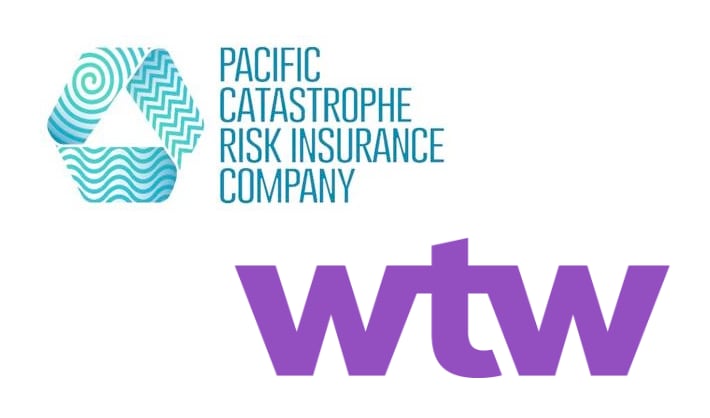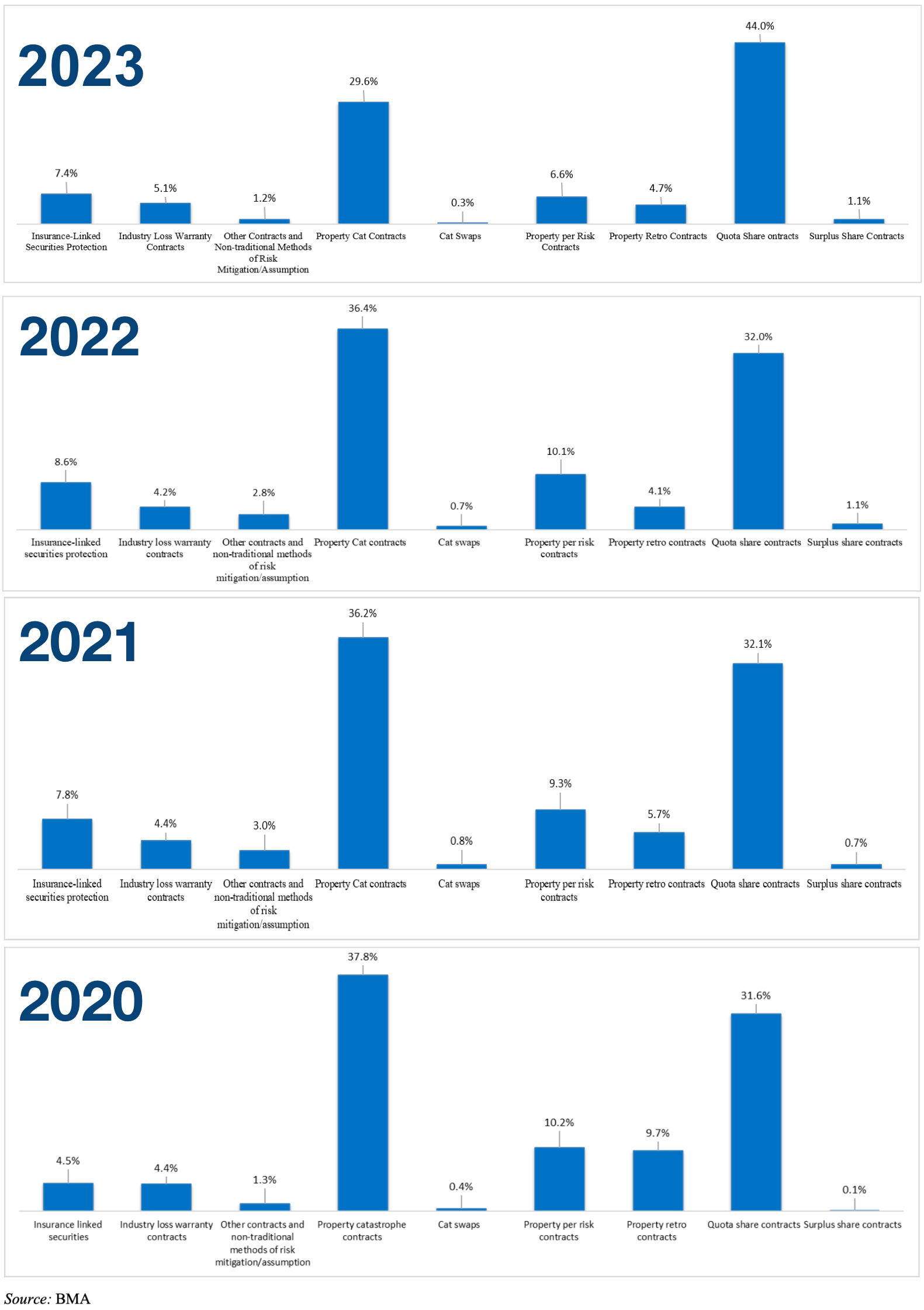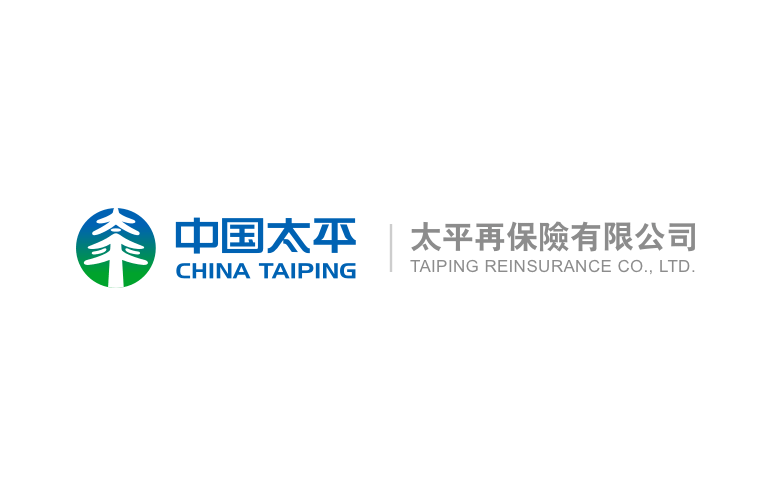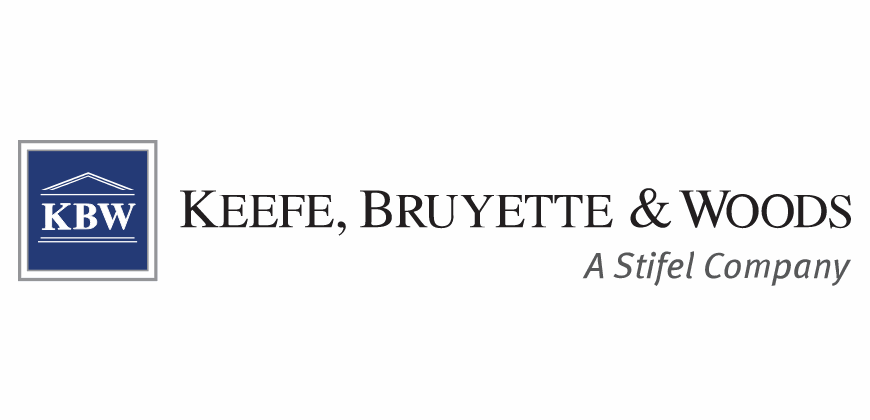Reinsurance costs for the Pacific Catastrophe Risk Insurance Company (PCRIC) have been reduced, while at the same time more markets have been attracted to participate in its renewal, with a key driver being a simplified parametric structure that underpins PCRIC’s parametric policies, designed and placed by broker WTW.
 PCRIC has renewed its portfolio of parametric disaster insurance policies and the reinsurance arrangements that back them up.
PCRIC has renewed its portfolio of parametric disaster insurance policies and the reinsurance arrangements that back them up.
Policies protect governments and government-affiliated entities in Pacific Island countries and territories, and the parametric risk transfer coverage on offer has expanded as well.
For 2024 and 2025, PCRIC offers parametric insurance for tropical cyclones, heavy rain, earthquake, and tsunami risk to six Pacific governments, the Cook Islands, Fiji, Niue, Tonga, Samoa, and Vanuatu.
In addition, parametric policies for state-owned telecommunications company PNG DataCo in Papua New Guinea and the Vatuvara Foundation in Fiji have also been renewed.
PCRIC has developed new policy designs with support from broker WTW’s Disaster Risk Finance (DRF) and Alternative Risk Transfer (ART) teams.
In addition, its reinsurance has been renewed, designed to enhance access to new and improved disaster risk insurance cover for the Pacific region.
Aholotu Palu, PCRIC CEO, commented on the news, “The successful renewal confirms PCRIC’s strategy to offer tailor-made and understandable financial protection products to Pacific Island Countries. PCRIC addresses an important market gap in the Pacific region and offers governments, including state-owned enterprises which provide essential services, access to insurance solutions that would otherwise not be available.”
Simon Young, Senior Director, Disaster Risk Finance at WTW, provided some more insight into the renewal of the policies, saying, “The new approach underpinning PCRIC’s products is now more people-centred and tailored to on-the-ground conditions. The simplified parametric structures also bring greater transparency to the analytics and improved confidence in the modelling and perceived climate change impacts.”
Young went on to explain that the benefits of this simplification has also meant greater reinsurance support for PCRIC and a more economically attractive renewal.
“These significant improvements have contributed to cheaper reinsurance from more markets, allowing governments to more cost-effectively manage disaster risk with the support of PCRIC,” Young said.
While parametric risk transfer has been receiving a wave of interest in the last couple of years, it is vital to remember that transparency and simplification cascade down through the insurance and reinsurance capital stack, making secondary risk transfer via reinsurance generally more efficient and economical.
We’ve often written about the need for increased scale to help in making reinsurance more efficient for parametric risk pools and facilities, but that should also be with simplicity and transparency in mind.
Parametric risk transfer can be incredibly technical, given the data and analytics now available, as well as devices that can record and supply event specific data in real-time.
But those designing the products need to keep usability, transparency and efficiency in mind, as these tenets will support more effective risk transfer and can also make for more attractive risk pools for the reinsurance and capital markets.



















 English (US) ·
English (US) ·